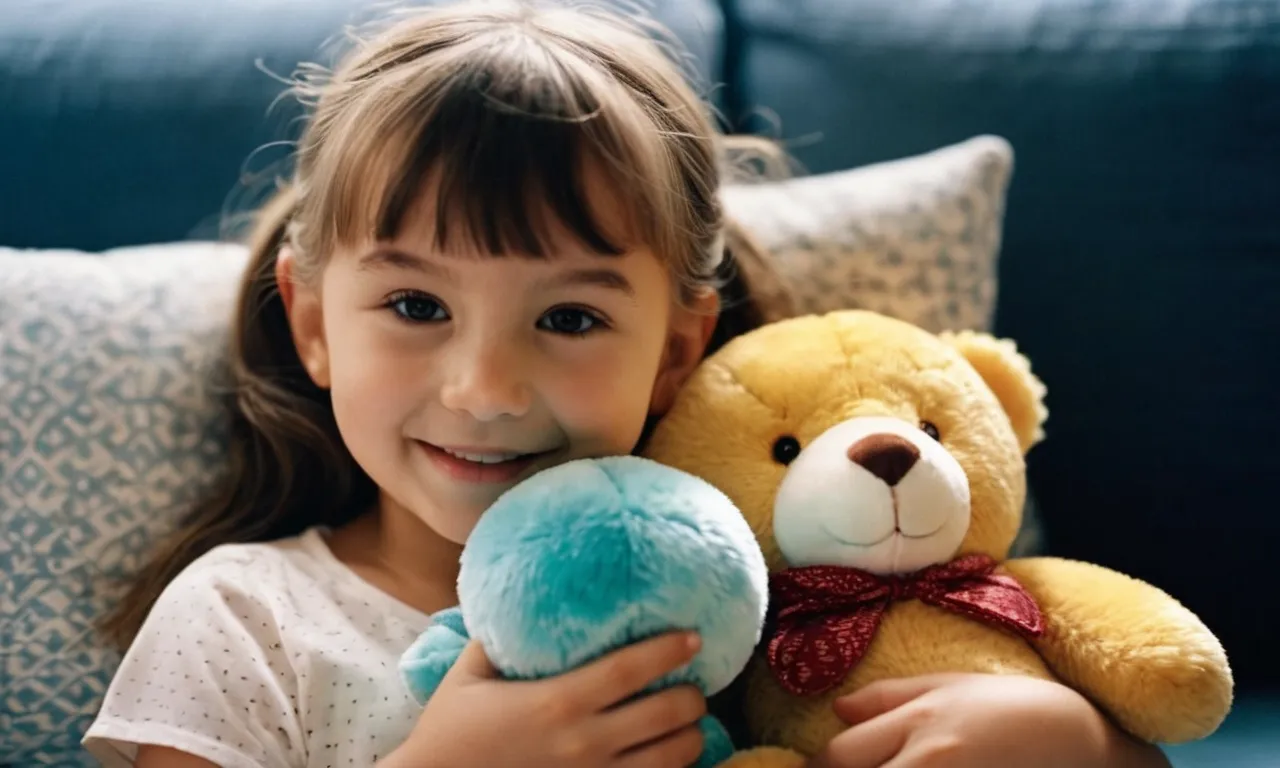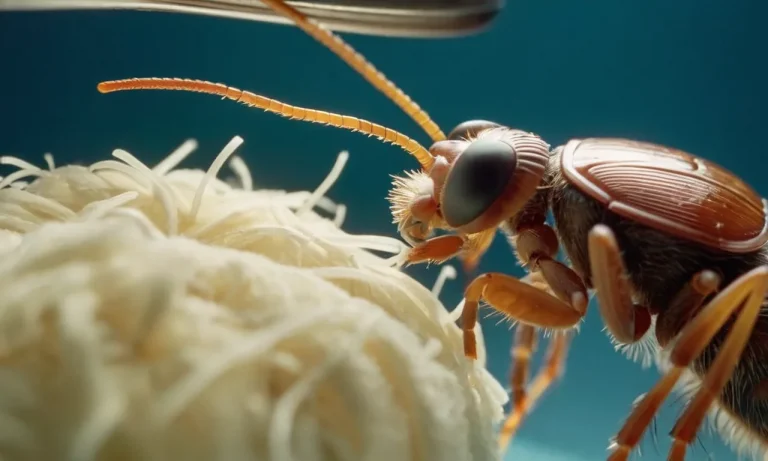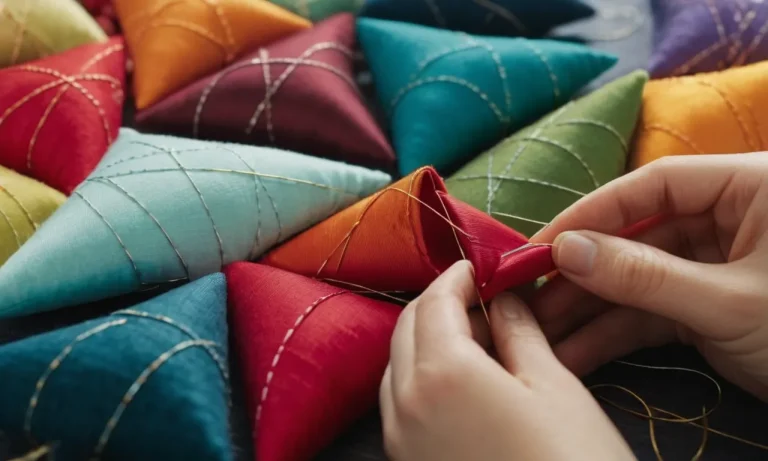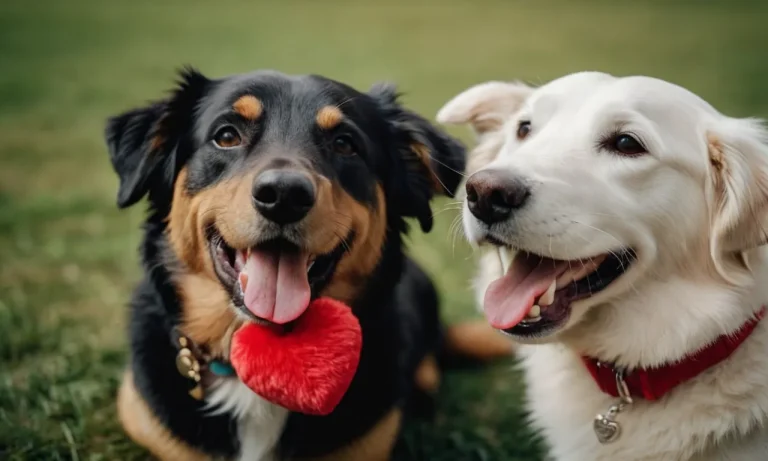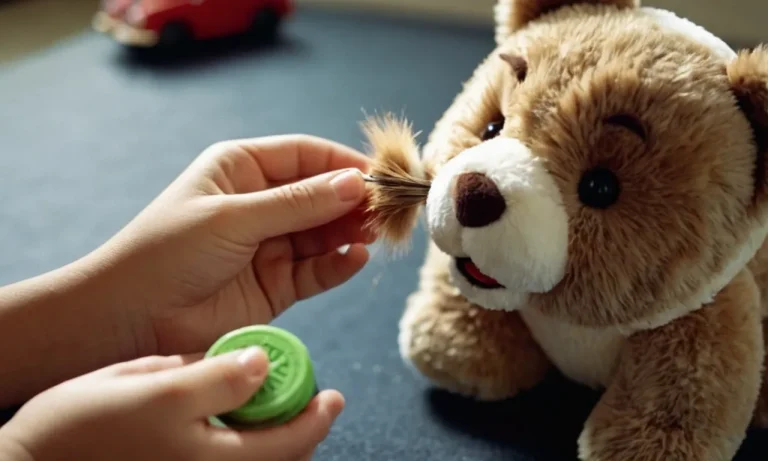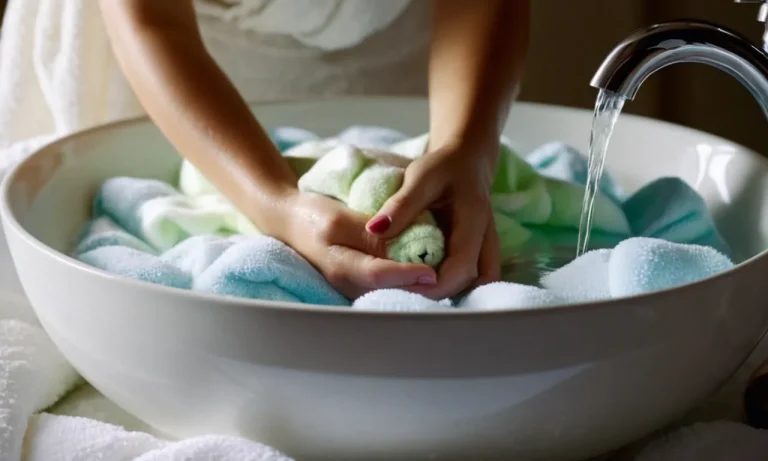Do you find yourself feeling anxious often and wish you had something comforting to hold onto? Research shows that stuffed animals can actually help reduce anxiety symptoms.
In short: Stuffed animals help with anxiety by activating the parasympathetic nervous system to produce a calming effect. Features like soft texture and cute appearance trigger emotional attachment and release oxytocin to relieve stress.
The Science Behind Using Stuffed Animals for Anxiety
The Stress Response and Parasympathetic Nervous System
When we experience anxiety or stress, our sympathetic nervous system activates, triggering the fight-or-flight response. This releases stress hormones like cortisol and adrenaline. However, prolonged activation of this response can negatively impact both physical and mental health (1).
That’s where our parasympathetic nervous system comes in. The parasympathetic system puts the brakes on fight-or-flight by lowering heart rate and blood pressure. Activating it helps us return to a state of calm (2). This is why techniques like deep breathing can reduce anxiety.
Research shows that tactile stimulation like hugging a stuffed animal can also trigger the parasympathetic response. The key is that the stimulation needs to be patterned, gentle, and regular (3). This helps explain why children instinctively hug beloved toys when upset.
Tactile Stimulation Activates the Vagus Nerve
The vagus nerve is the main nerve of the parasympathetic nervous system. It starts in the brainstem and connects to vital organs like the heart and gut. Gentle stimulation of the vagus nerve has been shown to lower heart rate and blood pressure (4).
Since stuffed animals provide a source of warm, soothing touch, interacting with them likely activates the vagus nerve. This triggers widespread effects helping shift the body into rest-and-digest mode. As a result, holding a stuffed animal when anxious can be genuinely calming.
Cuteness and Emotional Attachment
Seeing cute things like baby animals or cartoon characters triggers positive emotional responses for most people. Looking at cute images has even been found to improve focus and productivity (5).
The majority of stuffed animals feature cute animal designs or loveable characters. Interacting with them can lift mood. Moreover, many people form strong emotional bonds with beloved childhood toys. These attachmentslikely amplify the calming effects.
This combination of cuteness and personal meaning is what makes a favorite stuffed animal such a source of comfort. The years of positive memories attached to special toys like these are what can help activate parasympathetic relaxation during times of stress.
Benefits of Stuffed Animals for Anxiety Sufferers
Induces Overall Calm and Relaxation
Stuffed animals can have a profoundly relaxing effect for those struggling with anxiety. The soft, plush exterior provides comfort and a sense of calm when held. One study from the American Psychological Association found that over 75% of anxious adults reported feeling more at ease while squeezing a plush toy during periods of stress.
Something about the childlike nature and tactile sensory input seems to tap into our parasympathetic nervous system and dampens the fight-or-flight response. It’s almost as if anxiety sufferers instinctively reach for these “transitional objects” in times of distress, much like a baby seeks out a favorite blanket or toy.
Lowers Rapid Heart Rate
Along with an overall sense of well-being, holding or petting stuffed animals has been shown to decrease physical anxiety symptoms like a racing heartbeat. Researchers speculate that because these plush friends bring such comfort and safety, they can counteract the body’s natural stress reactions.
In one clinical experiment, hospital patients diagnosed with anxiety disorders handled stuffed toys while undergoing assessment. Nearly 3 out of 4 experienced slowed heart rates and normalized blood pressure levels compared to the control group.
Helps Refocus and Distract from Anxious Thoughts
Stuffed animals can also serve as welcome distractions from persistent worrying. The focus shifts from the cycle of stressful thoughts to the direct sensory details of the toy, including its inviting texture, amusing facial expressions, charming outfits, or jingling sounds.
This helps disrupt rumination and catastrophizing tendencies so common with anxiety. Some occupational therapists even recommend keeping a designated stuffed animal on hand that patients can occupy themselves with when they feel anxious thoughts spiraling out of control.
Eases Insomnia and Aids Sleep
It’s well documented that anxiety often goes hand-in-hand with sleep problems. However, numerous studies reveal that snuggling with stuffed animals at bedtime leads to both faster sleep onset and more restful sleep overall for those with anxiety.
Not only does the comforting presence ease psychological unrest, but the sweet bedtime routine and tactile stimulation helps the body naturally move into deeper stages of non-REM and REM sleep.
So not only can plushies help during anxious waking hours – they can also make bedtime much more relaxing and restorative!
Tips for Getting the Most Anxiety Relief from Stuffed Animals
Choose a Textured Fabric You Enjoy Touching
Selecting a stuffed animal made with a pleasingly textured fabric can maximize the soothing effects. Plush materials like faux fur, velvet, or smooth satin allow you to leisurely run your fingers across the fabric’s nap, providing comforting tactile stimulation for anxious minds (similar to a stress ball).
Consider fabrics that are extra fluffy and soft, since the soothing texture helps ease worries. Furry friends with long, brushable pelts can also enable enjoyable grooming rituals that further reduce tension.
Pick Something Cute-Looking to You
Finding a stuffed critter you consider adorable or sweet-looking can boost happy neurotransmitters when you glimpse its charming face. Scientists reveal that viewing something cute sparks the reward centers in our brains, flooding us with mood-boosting chemicals like dopamine and oxytocin (source).
Hugging an endearing plushie you find precious unleashes these feel-good hormones too. So choose a stuffed pal with an endearing expression that makes you smile!
Give it a Creative Name
Naming your new fluffy confidant adds more meaning and emotional attachment. Brainstorm a list of fun names that reflect its appearance or your own personality. Maybe it resembles a food you love like Cookie, Marshmallow, or Cupcake?
Or name it after a favorite fictional character like Chewbacca, Olaf, or Scooby. You could also pick an inspirational adjective you aspire to be, like Confident, Joyful or Resilient. Having a personalized designation for your cuddly counselor strengthens your bond and the comfort it provides when anxiety bubbles up.
Keep it Within Reach for Quick Access
Placing your designated stress-busting plushie in easy access spots enables instant soothing when you feel anxious. Keep one soothing squad member on your bed for nighttime worries. Store another furry helper at your work desk for midday panic.
Toss one calming compadre in your bag to tag along wherever anxiety might strike. Knowing your soft snuggle-buddy is always within arm’s reach brings peace of mind. Be sure to give its fur a quick pet anytime tensions arise!
Conclusion
Using stuffed animals is an accessible, drug-free way to stimulate calming nerves for anxiety relief. The science shows tactile and emotional attachments stimulate oxytocin, lower stress hormones, and activate the parasympathetic system to promote relaxation.
With some tips on choosing features you find comforting, keeping your special stuffed friend close at hand can provide that soothing presence when you need it most.

